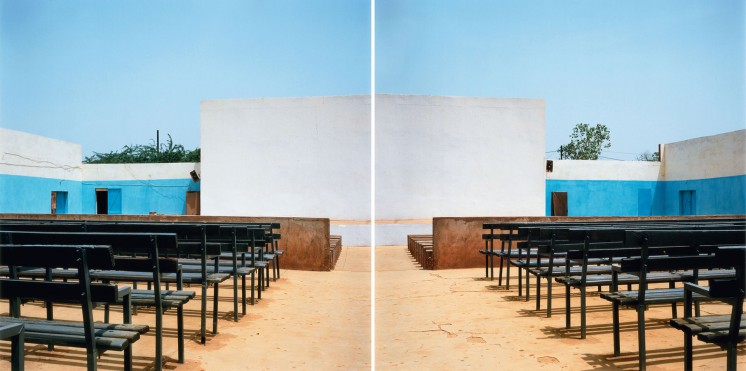In the depths of the Cold War, the 1956 congress of the Communist Party of the Soviet Union confirmed the superpower’s turn towards Africa, pointing out the collapse of imperialism and its support for anti-colonial movements. From its military backing of armed resistance to the soft power of ‘Socialist friendship’ and educational scholarships granted to African students, the Soviet Union occupies a unique place in the continent’s modern history.
Political ties between the Soviet Union and various nationalist groups such as the Mozambique Liberation Front (FRELIMO), the Popular Movement for the Liberation of Angola (MPLA) and Ethiopia’s Derg, continue to impact modern state-building projects in these countries. But what are the artistic and visual legacies of these relationships?
Between the late 1950s and 1990, 400,000 Africans studied in the Soviet Union, including the iconic filmmakers Ousmane Sembène and Abderrahmane Sissako. How did these filmmakers and their peers respond to the engagement of Soviet Union in their home countries? What were the political implications of the work of these artists?
Join our panel of experts as they address these questions and explore the legacy of cultural relationships between Africa and the Soviet Union.
Speakers: Isaac Julien, installation artist & filmmaker; Dr Ros Gray, lecturer in Fine Art Practice, Goldsmiths; Dr Polly Savage, Senior Teaching Fellow, School of Arts, SOAS; Isabel Moura Mendes, Arts & Cultural Manager, Film Africa Programmer. Chaired by Dr Mark Nash, curator of ‘Things Fall Apart’. –


